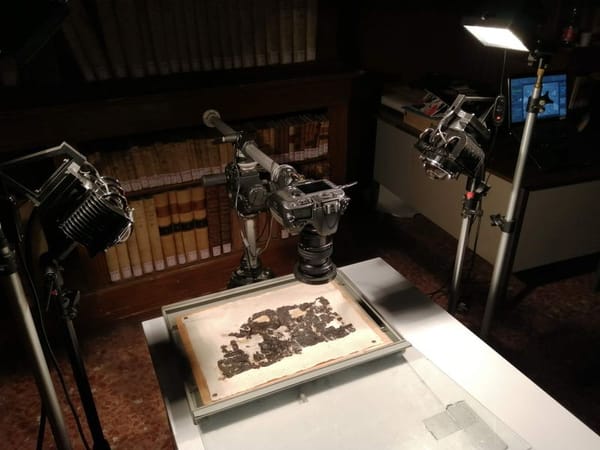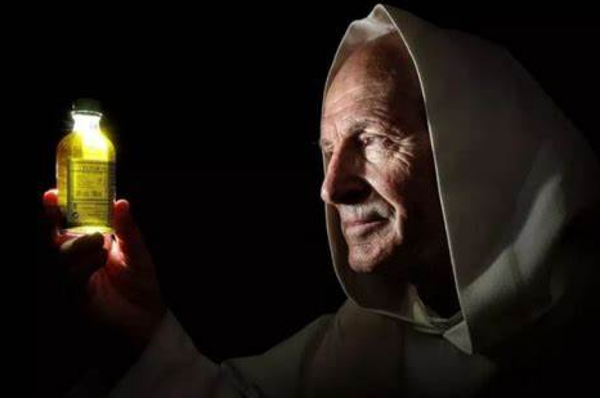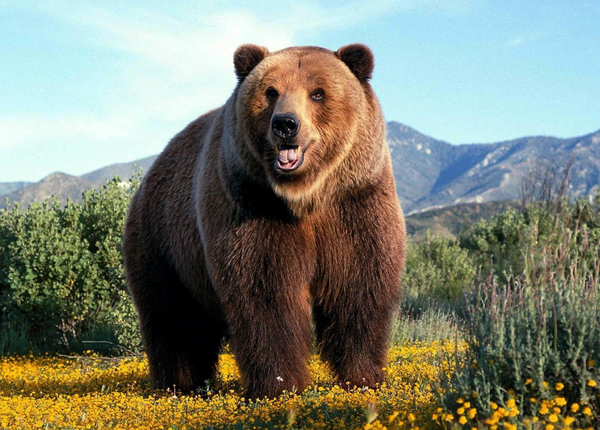Russian family was cut off from all human contact for 40 years
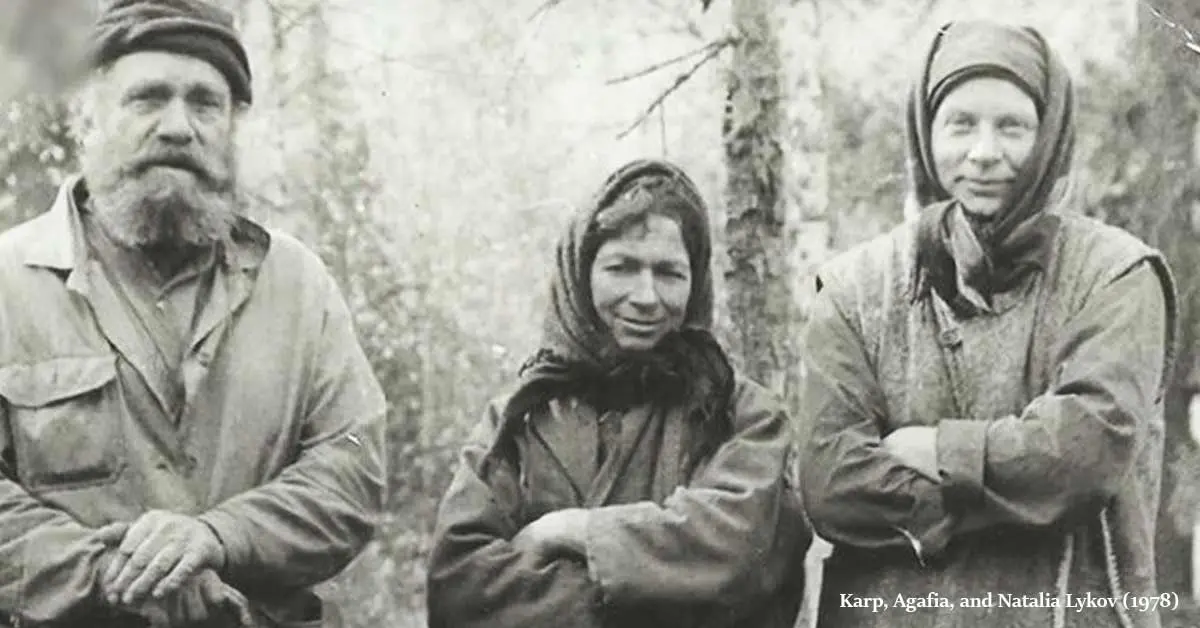
From The Smithsonian: "In the summer of 1978. A helicopter was skimming the treeline a hundred or so miles from the Mongolian border when it dropped into a thickly wooded valley. Then the pilot saw something that should not have been there: a clearing, 6,000 feet up a mountainside, wedged between the pine and larch and scored with what looked like long, dark furrows. It was an astounding discovery. The mountain was more than 150 miles from the nearest settlement, and there were no records of anyone living in the district. The sight that greeted the geologists as they entered the cabin was like something from the middle ages. Jerry-built from whatever materials came to hand, the dwelling was not much more than a burrow, with a floor consisting of potato peel and pine-nut shells. It was cramped, musty and indescribably filthy, propped up by sagging joists—and, astonishingly, home to a family of five."
Phantom of the Opera creator Andrew Lloyd Webber called priest to rid his house of a ghost

From The Telegraph: "He is probably best known for his hit musical The Phantom of the Opera, but Andrew Lloyd Webber has disclosed that, in real life, he shared his home with the poltergeist of Eaton Square. The composer has told The Telegraph that a mischievous spirit took up residence in his home in Belgravia, central London. He eventually called on the services of a priest to persuade it to leave the 19th-century property. Lord Lloyd Webber mentioned the poltergeist when asked by The Telegraph whether any of the theatres he owns are haunted. Lloyd Webber said he had never seen a ghost, but added: “I did have a house in Eaton Square which had a poltergeist. It would do things like take theatre scripts and put them in a neat pile in some obscure room. In the end we had to get a priest to come and bless the house, and then it left.”
Karl Benz's wife Bertha was the first person to take an automobile on a road trip
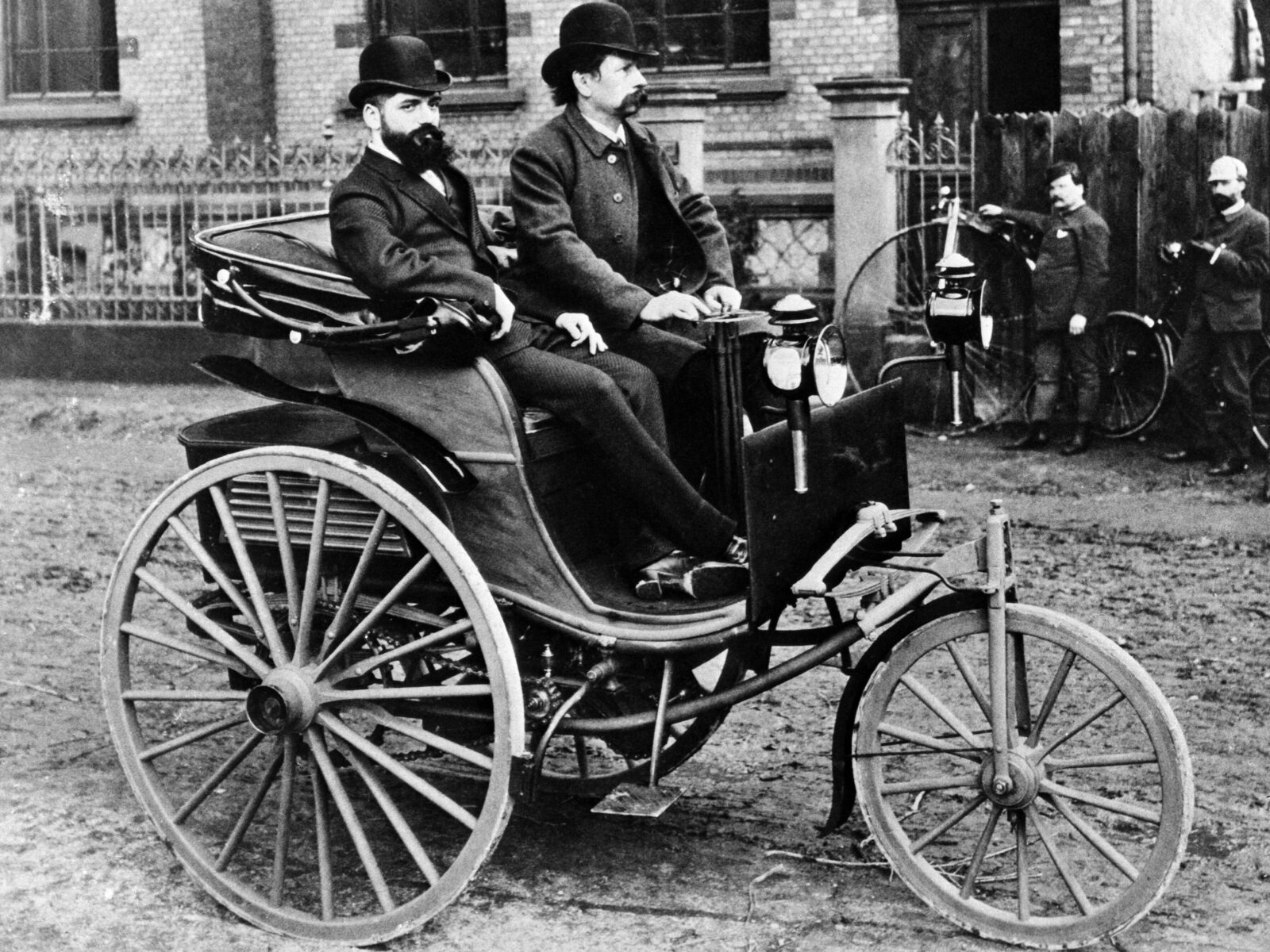
From Wikipedia: "Karl finished work on his first horseless carriage in 1885. Bertha served as a field tester, contributing to the design by adding wire insulation, among other things. In addition to her contributions to the design, Bertha also helped finance the development of the Motorwagen. On 5 August 1888, she drove from Mannheim to Pforzheim with her sons Richard, 13, and Eugen, 15, in a Model III, without telling her husband and without permission of the authorities. Bertha was trying to prove to her husband, who had failed to adequately market his invention, that it would become a financial success once it was shown to be useful. She cleaned a blocked fuel line with her hat pin and used her garter as insulation material, and when the wooden brakes began to fail, Benz had a cobbler use leather to make the world's first pair of brake linings."
Editor's note: If you like this newsletter, please share it with someone else. And if you really like it, perhaps you could subscribe, or contribute something via my Patreon. Thanks for being a reader!
Scientists say more and more people are living with an extra artery in their arm

From Science Alert: "An artery that temporarily runs down the center of our forearms while we're still in the womb isn't vanishing as often as it used to, according to researchers. That means there are more adults than ever with what amounts to be an extra channel of vascular tissue flowing under their wrist. "Since the 18th century, anatomists have been studying the prevalence of this artery in adults and our study shows it's clearly increasing," anatomist Teghan Lucas said in 2020. "The prevalence was around 10 percent in people born in the mid-1880s compared to 30 percent in those born in the late 20th century, so that's a significant increase in a fairly short period of time, when it comes to evolution." The median artery forms fairly early in development in all humans, transporting blood down the center of our arms to feed our growing hands."
Trees appear to communicate and cooperate through subterranean networks of fungi
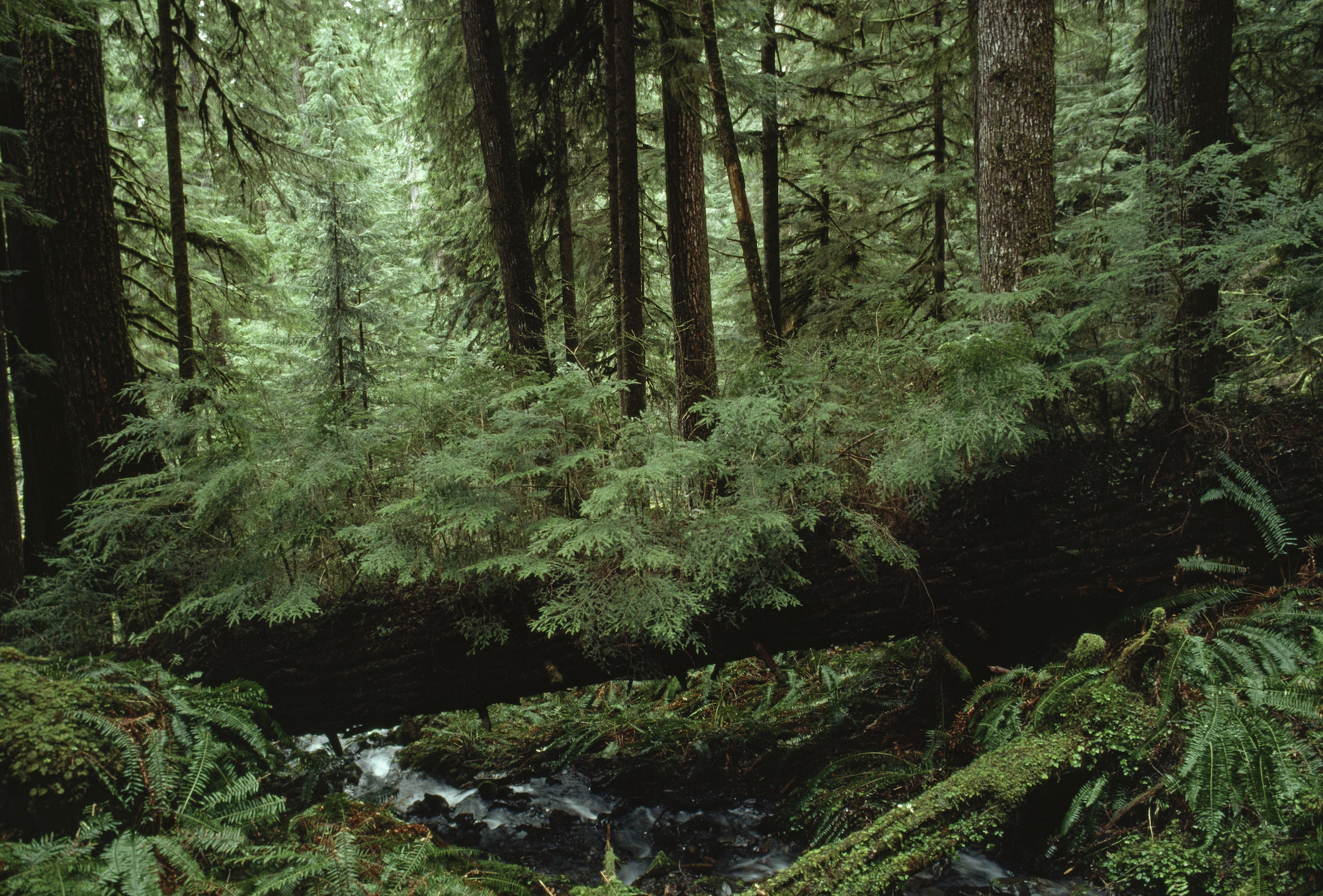
From the NYT: "Underground, trees and fungi form partnerships known as mycorrhizas: Threadlike fungi envelop and fuse with tree roots, helping them extract water and nutrients like phosphorus and nitrogen in exchange for some of the carbon-rich sugars the trees make through photosynthesis. Research had demonstrated that mycorrhizas also connected plants to one another and that these associations might be ecologically important, but most scientists had studied them in greenhouses and laboratories, not in the wild. For her doctoral thesis, Simard decided to investigate fungal links between Douglas fir and paper birch. Now a professor of forest ecology at the University of British Columbia, Simard's initial inklings about the importance of mycorrhizal networks were prescient, inspiring new lines of research that ultimately overturned misconceptions about forest ecosystems. She discovered that fungal threads link nearly every tree in a forest — even trees of different species."
Denmark and Canada finally struck a deal to end their 50-year row over Arctic island
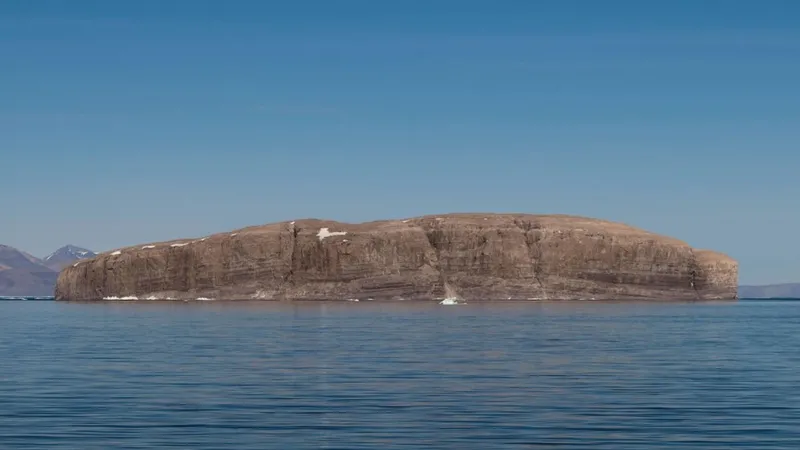
From the BBC: "Since 1971, the countries have been "fighting" the "Whisky Wars" to settle competing claims over Hans Island. Successive expeditions from Ottawa and Copenhagen have braved icy conditions to plant bottles of alcohol on the tiny 1.2sq km (0.75sq-mile) rock. But then officials have agreed to divide the outpost roughly in half. Both Canada and Greenland sit 18km away from Hans Island, allowing them to claim the rock under international law, and in the end they decided to settle the dispute at a later date. But in 1984, Canada made a bold stake for ownership when it landed troops on the rock. They swiftly planted their maple leaf flag and buried a bottle of Canadian whisky, before returning home to a country now larger to the tune of almost one square mile. Denmark's minister of Greenland affairs couldn't let such a provocation stand. Weeks later he set off for Hans Island, where he replaced the offending Canadian symbolism with a Danish flag and a bottle of Copenhagen's finest schnapps."
A series of video clips of cats being frightened by toasters
Cats being started by toasters
— Science girl (@gunsnrosesgirl3) February 28, 2024
pic.twitter.com/gnmJQqADzx
Acknowledgements: I find a lot of these links myself, but I also get some from other newsletters that I rely on as "serendipty engines," such as The Morning News from Rosecrans Baldwin and Andrew Womack, Jodi Ettenberg's Curious About Everything, Dan Lewis's Now I Know, Robert Cottrell and Caroline Crampton's The Browser, Clive Thompson's Linkfest, Noah Brier and Colin Nagy's Why Is This Interesting, Maria Popova's The Marginalian, Sheehan Quirke AKA The Cultural Tutor, the Smithsonian magazine, and JSTOR Daily. If you come across something interesting that you think should be included here, please feel free to email me.
